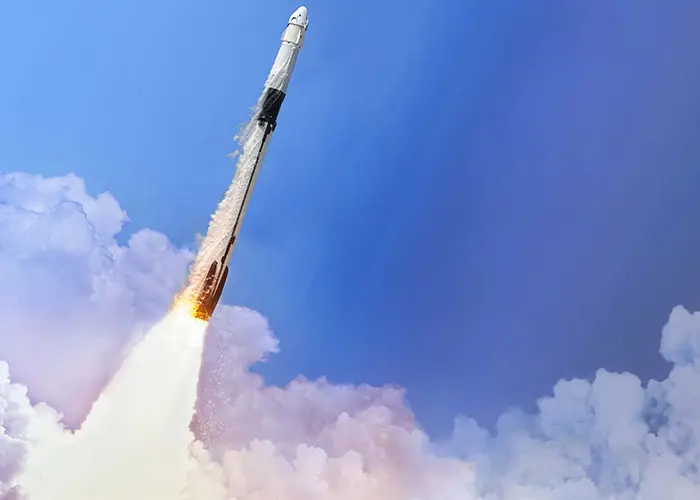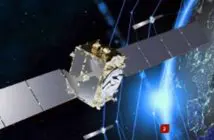
NASA has selected SpaceX to provide launch services for the Near-Earth Object (NEO) Surveyor mission, which will detect and observe asteroids and comets that may pose an impact threat to Earth.
The firm-fixed-price launch service task order is awarded under the indefinite-delivery/indefinite-quantity NASA Launch Services II contract. The total cost to NASA for the launch service is approximately USD100 million, which includes the launch service and other mission-related costs. The NEO Surveyor mission is targeted to launch on a SpaceX Falcon 9 rocket no earlier than September 2027.
The NEO Surveyor mission consists of a single scientific instrument: an almost 50-centimetre diameter telescope that will operate in two heat-sensing infrared wavelengths. It will be capable of detecting both bright and dark asteroids, the latter being the most difficult type to find with existing assets. The space telescope is designed to help advance NASA’s planetary defence efforts to discover and characterise most of the potentially hazardous asteroids and comets that come within 30 million miles of Earth’s orbit. These are collectively known as near-Earth objects, or NEOs.
The mission will carry out a five-year baseline survey to find at least two-thirds of the unknown NEOs larger than 140 metres. These are the objects large enough to cause major regional damage in the event of an impact with Earth. By using two heat-sensitive infrared imaging channels, the telescope can also make more accurate measurements of the sizes of NEOs and gain information about their composition, shapes, rotational states, and orbits.
The mission is tasked by NASA’s Planetary Science Division within the agency’s Science Mission Directorate. Program oversight is provided by NASA’s Planetary Defense Coordination Office. NASA’s Planetary Missions Program Office at the agency’s Marshall Space Flight Center provides program management for NEO Surveyor. The project is being developed by NASA’s Jet Propulsion Laboratory in Southern California.
Multiple aerospace and engineering companies are contracted to build the spacecraft and its instrumentation, including BAE Systems Space & Mission Systems, Space Dynamics Laboratory, and Teledyne. The Laboratory for Atmospheric and Space Physics at the University of Colorado, Boulder, will support operations, and the Infrared Processing and Analysis Center at the California Institute of Technology is responsible for processing survey data and producing the mission’s data products. Caltech manages JPL for NASA. Mission team leadership includes the University of California. NASA’s Launch Services Program at the agency’s Kennedy Space Center is responsible for managing the launch service.





